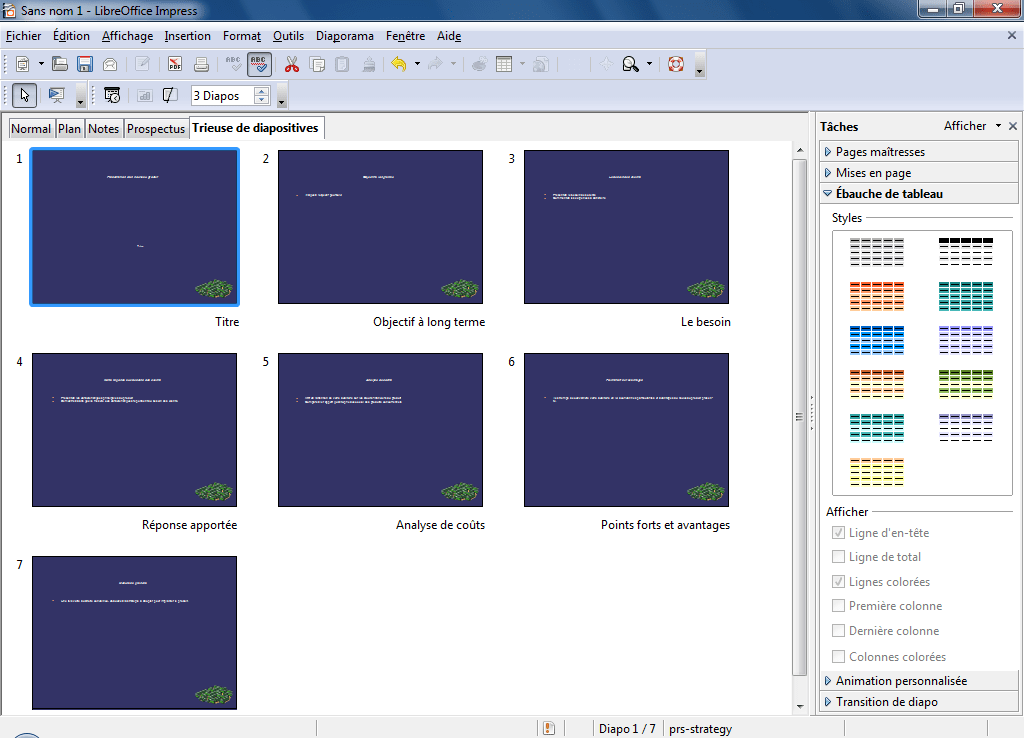



Despite considerable fitness interdependence, the rise of private property, in concert with population explosion and socioeconomic inequality, subverts potential transition of human groups into evolutionary entities due to resurgence of latent competition and conflict. The increasing pace of information innovation and transmission became a key aspect of the evolutionary niche that enabled humans to become formidable cooperators with explosive population growth, the ability to cooperate and compete in groups of millions, and emergent social norms, e.g. We posit that new challenges in this niche set in motion a positive feedback loop in selection pressure for cooperation that ratcheted coevolutionary changes in sociality, communication, brains, cognition, kin relations and technology, eventually resulting in egalitarian societies with suppressed competition and rapid cumulative culture. After the split from the last common ancestor of hominoids, early hominins adapted to an increasingly terrestrial niche for several million years. Human cooperation shares principles with those of multicellular organisms that have undergone transitions in individuality: division of labour, communication, and fitness interdependence. Although it is at present not possible to assess the function or meaning of the engraved shell, this discovery suggests that engraving abstract patterns was in the realm of Asian Homo erectus cognition and neuromotor control.Ī major evolutionary transition in individuality involves the formation of a cooperative group and the transformation of that group into an evolutionary entity. Together, our data indicate that the engraving was made by Homo erectus, and that it is considerably older than the oldest geometric engravings described so far. This implies that the Trinil Hauptknochenschicht is younger than previously estimated. We dated sediment contained in the shells with 40Ar/39Ar and luminescence dating methods, obtaining a maximum age of 0.54 ± 0.10 million years and a minimum age of 0.43 ± 0.05 million years. In the Dubois collection (in the Naturalis museum, Leiden, The Netherlands) we found evidence for freshwater shellfish consumption by hominins, one unambiguous shell tool, and a shell with a geometric engraving. Here we report on a fossil freshwater shell assemblage from the Hauptknochenschicht (/`main bone layer/') of Trinil (Java, Indonesia), the type locality of Homo erectus discovered by Eugene Dubois in 1891 (refs 2 and 3). Key questions in the debate on the origin of such behaviour are whether this innovation is restricted to Homo sapiens, and whether it has a uniquely African origin. The manufacture of geometric engravings is generally interpreted as indicative of modern cognition and behaviour.


 0 kommentar(er)
0 kommentar(er)
